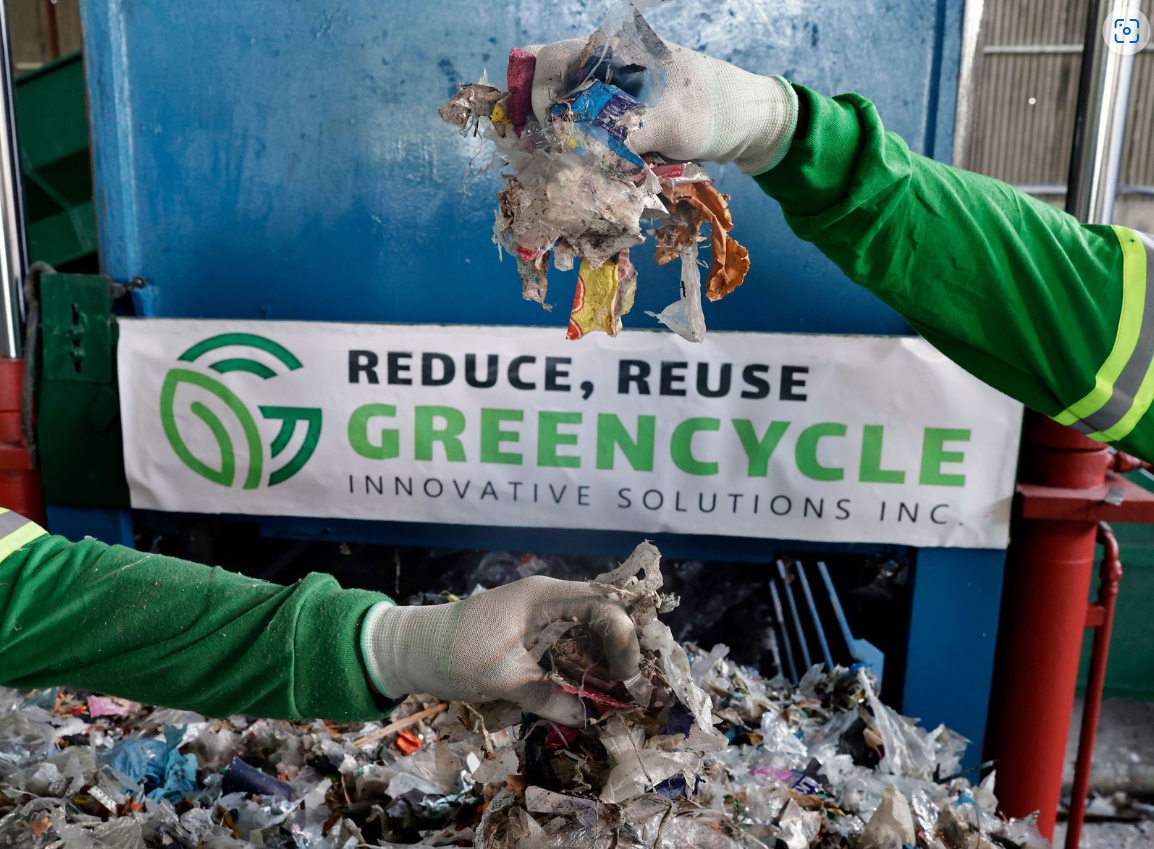.avif)
CRDC South Africa: A concrete solution to the plastic waste problem
At the Center for Regenerative Design and Collaboration (CRDC Global), plastic waste is regenerated into a high-value construction material, RESIN8.
A Concrete Solution to the Plastic Waste Problem
The Center for Regenerative Design and Collaboration (CRDC) is tackling plastic waste through regenerative design — by converting waste into a high-value construction material. With the Alliance’s support, CRDC is turning a mix of plastics into a concrete additive with useful properties in construction.
CRDC’s innovative technology means their facilities can accept hard-to-recycle plastics — including PVC, polypropylene, and polystyrene — and turn them into a patented product, RESIN8. This concrete additive is suitable for structural and non-structural concrete, and can be used in numerous applications, including concrete blocks and pavers, pre-cast concrete, and poured-in-place concrete. Depending on the application, concrete made with RESIN8 can be up to 15% lighter and stronger.
Concrete applications using RESIN8 exceed ASTM standards which are the international benchmark for material performance. Testing has demonstrated an increase in compression strength, flexibility, fire resistance, thermal resistance, and acoustic properties. The material itself can also be recycled. It can be crushed and re-used, and has a low embodied energy production footprint. There is also no leaching or micro-plastic release after utilisation in concrete. Research published in 2023 showed that RESIN8 can also be used in 3D-printed concrete[1].
The Alliance has previously collaborated with CRDC to establish commercial plants to produce RESIN8 in York, Pennsylvania, and San José, Costa Rica. In 2023, the Alliance supported the scaleup of the company's Cape Town pilot plant into a commercial scale operation. Housing company, Bitprop, is using RESIN8 in its bricks and projects demand for 350 tonnes per month. By the final quarter of 2023, the plant produced 90 tonnes. It is expected to be at full capacity by the end of 2024.
[1] Oosthuizen, J. D. (2023) Construction and Building Materials. Vol 408, 133712
Stay in the loop
Subscribe to our newsletter for the latest news and updates from the Alliance









